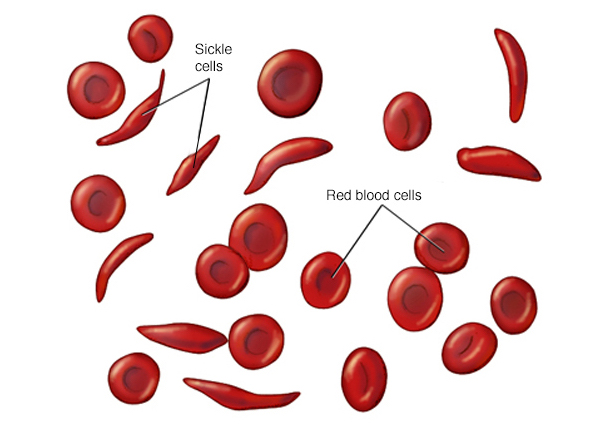The New York Times, March 22, 2018
Nearly two decades ago, the rumors began: In the Atacama Desert of northern Chile, someone had discovered a tiny mummified alien.
An amateur collector exploring a ghost town was said to have come across a white cloth in a leather pouch. Unwrapping it, he found a six-inch-long skeleton.
Despite its size, the skeleton was remarkably complete. It even had hardened teeth. And yet there were striking anomalies: it had 10 ribs instead of the usual 12, giant eye sockets and a long skull that ended in a point.
